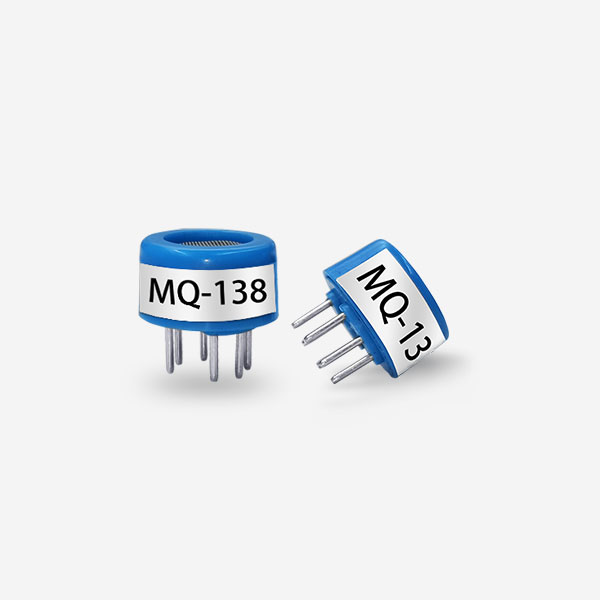Gas sensors play a crucial role in environmental monitoring, enabling us to detect and analyze various gases present in the air. These sensors are powerful tools that provide valuable insights into air quality, pollution levels, and potential health hazards. With advancements in technology, gas sensors have revolutionized environmental monitoring by offering real-time data, enhancing accuracy, and contributing to sustainable development.![]()
The Importance of Environmental Monitoring:
Environmental monitoring is essential for understanding the impact of human activities on the environment. It helps identify pollutant sources, measure air quality, and assess the effectiveness of pollution control measures. With the growing concerns about climate change and urbanization, effective monitoring is vital for maintaining a healthy and sustainable environment.
Gas Sensors and their Applications:
Gas sensors detect and measure the concentration of various gases such as carbon dioxide (CO2), carbon monoxide (CO), nitrogen dioxide (NO2), ozone (O3), and volatile organic compounds (VOCs) in the atmosphere. These sensors find applications in various sectors including industrial, residential, and commercial environments. They are used in air quality monitoring systems, smart cities, industrial safety, and indoor air quality management.
Real-Time Data Collection and Analysis:
One of the major advancements offered by gas sensors is real-time data collection and analysis. Traditional monitoring methods often relied on periodic sampling, which might not capture sudden changes or short-term exposure risks. Gas sensors, on the other hand, continuously monitor and collect data, providing an accurate representation of the current air quality. This real-time information enables prompt actions to mitigate potential risks.
Enhancing Accuracy and Precision:
Gas sensors have significantly improved accuracy and precision, allowing for more reliable and precise measurements. They are designed to provide high sensitivity and selectivity to specific gases, ensuring accurate detection even at low concentrations. This enhanced accuracy helps in identifying pollutant sources, assessing their impact, and implementing targeted pollution control measures.
Integration with IoT and Data Analytics:
Gas sensors are often integrated with the Internet of Things (IoT) platforms, enabling seamless connectivity and data transmission. This integration allows for remote monitoring and control, making it easier to deploy sensors in various locations and gather large-scale data. Advanced data analytics techniques can then be employed to analyze this data, identify trends, and gain valuable insights into pollution patterns, exposure risks, and potential health impacts.
Supporting Sustainable Development:
The data collected from gas sensors not only helps monitor pollution levels but also supports sustainable development initiatives. By identifying pollution hotspots, policymakers can formulate effective strategies to reduce emissions and improve air quality in specific areas. Furthermore, gas sensors provide feedback on the effectiveness of pollution control measures, facilitating continuous improvements and informed decision-making.
Challenges and Future Outlook:
While gas sensors have made significant advancements, challenges remain. Calibration, maintenance, and ensuring sensor accuracy are ongoing concerns that need to be addressed. Additionally, the integration and standardization of different sensor technologies and data formats pose technical challenges. However, continued research and development efforts are expected to overcome these challenges and pave the way for even more sophisticated gas sensor systems.
Conclusion:
Gas sensors have revolutionized environmental monitoring by providing real-time data, enhancing accuracy, and supporting sustainable development. They play a crucial role in detecting and analyzing gases, thereby helping us understand pollution sources, measure air quality, and mitigate potential health risks. With ongoing advancements in technology, the future holds tremendous potential for gas sensors to further improve our understanding of the environment and contribute to a greener, healthier planet.
 : +86 155 8830 2704
: +86 155 8830 2704 : jxdziot@gmail.com
: jxdziot@gmail.com
